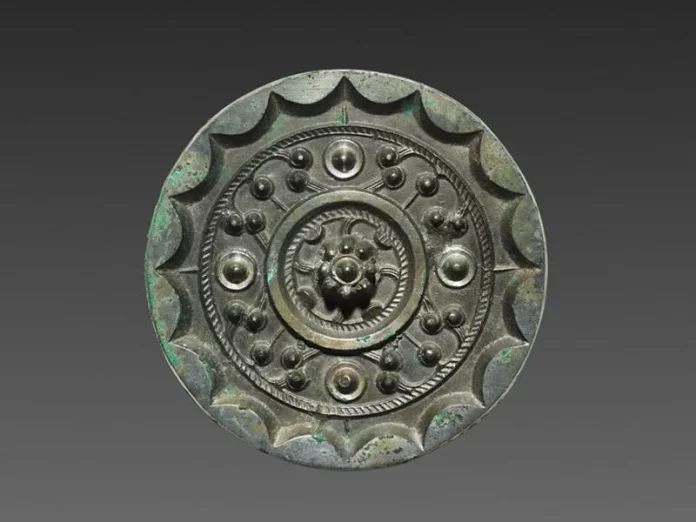Archaeologists have recently made a remarkable discovery in northwest China: over 80 bronze mirrors, dating back roughly 2,000 years, were found in an ancient cemetery. These artifacts not only shed light on the material culture and aesthetics of early Chinese dynasties but also offer a glimpse into the lives of the people who once owned them. The discovery, made at the Dabaozi Cemetery in the Xixian New Area of Shaanxi Province, provides valuable insights into the craftsmanship, social customs, and beliefs of ancient China.
The Remarkable Discovery of Ancient Bronze Mirrors
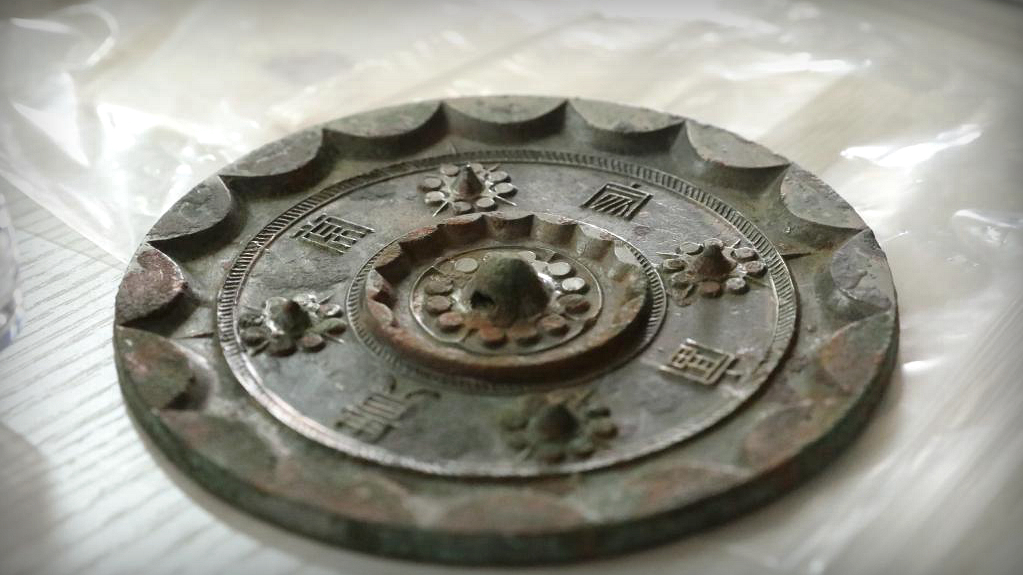
Archaeological teams, led by Zhu Yingpei, have uncovered an impressive trove of bronze mirrors during excavations at the Dabaozi Cemetery. The mirrors, which vary in diameter from 3 to 9 inches, are remarkably well-preserved, with one still able to reflect images clearly. These artifacts were predominantly found near the head or upper body of the tombs’ occupants, indicating their importance as burial items. Both men and women were buried with these mirrors, which often bore inscriptions wishing for a better life.
A Glimpse Into China’s Rich Material Culture
The majority of the bronze mirrors date back to periods between the Warring States (475-221 B.C.) and the late Western Han dynasty, which ended around 9 A.D. According to a spokesperson from the Global Times, these mirrors are invaluable for understanding the material culture of the early and middle Western Han dynasty. They also stand as prime examples of the ancient Chinese aesthetic, merging historical significance with artistic beauty. The tombs in which these mirrors were found likely belonged to members of the Han elite, supported by historical records that suggest the dynasty’s founder, Liu Bang, established residences for nobility near the cemetery.
The Legacy of Liu Bang and the Han Dynasty
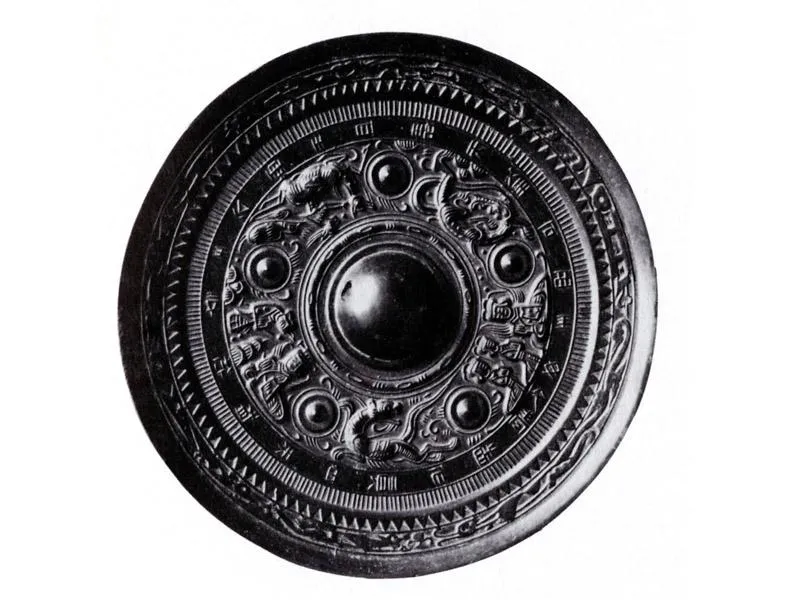
Liu Bang, who rose from a peasant background to become the founder of the Han dynasty, played a significant role in shaping Chinese history. After the death of the Qin Emperor, Liu Bang emerged victorious in a civil war and established a dynasty that would endure for centuries. His reign, which began in 202 B.C., laid the foundation for the cultural and political structures that would define China for generations. The mirrors found in the Dabaozi Cemetery provide a tangible connection to this influential period, offering insights into the lives of the elite who lived during Liu Bang’s rule.
The Craftsmanship of Ancient Bronze Mirrors
The art of bronze mirror-making in China dates back as early as 2000 B.C. During the Han dynasty, these mirrors were luxury items, often made using intricate techniques and designs. Typically cast from clay models, the mirrors featured a polished reflective side and a reverse side decorated with patterns, motifs, and inscriptions. Early designs included images of birds, dragons, and serpents, while later mirrors depicted deities, mythological figures, and abstract patterns. Some mirrors were also adorned with precious materials like jade, turquoise, and mother-of-pearl.
The Influence of the Silk Road on Bronze Mirror Design
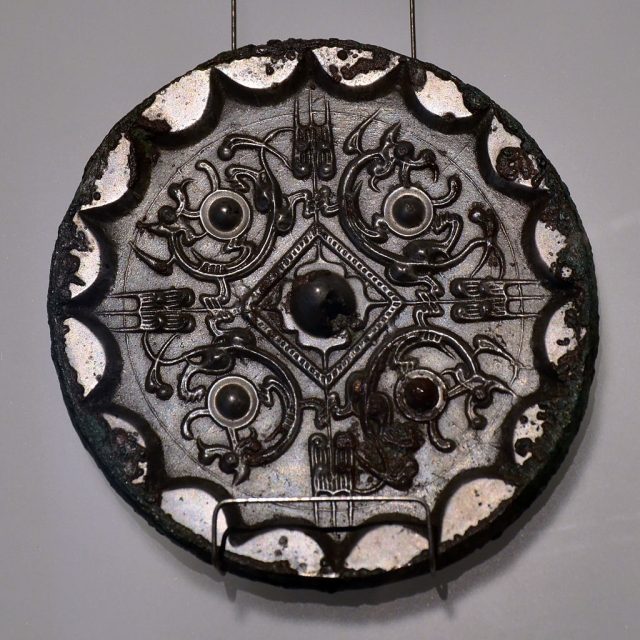
With the establishment of the Silk Road in 130 B.C., Chinese bronze mirrors began to reflect influences from other cultures, including India, Persia, and Egypt. These new designs incorporated elements such as twisting grapevines, floral patterns, and silver fretwork, showcasing the blend of cultures that the Silk Road facilitated. The inscriptions on the newly discovered mirrors, including phrases like “Eternal Joy,” “Family Wealth,” and “Long Memory,” highlight the enduring importance of these items in Han China, where they were often placed in tombs to bring life and light into the afterlife.
Unveiling the Mysteries of the Qin and Han Dynasties
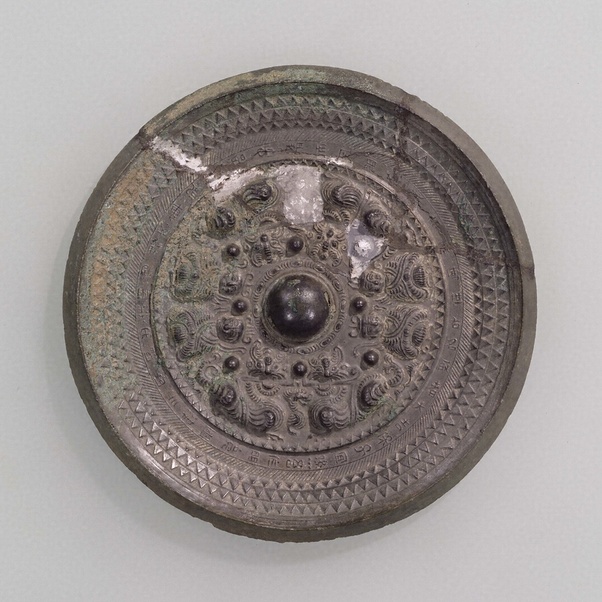
The bronze mirrors found at the Dabaozi Cemetery are more than just historical artifacts; they are windows into the lives and beliefs of the people who lived during the Qin and Han dynasties. Zhu Yingpei and his team believe that these mirrors will help researchers better understand the development of bronze mirror technology and the daily lives of the people in this region during ancient times. The combination of inscriptions, motifs, and craftsmanship offers a rich tapestry of information about the cultural and social values of the period.
Conclusion
The discovery of these 2,000-year-old bronze mirrors in the Dabaozi Cemetery is a significant archaeological find that enhances our understanding of ancient Chinese culture. These mirrors, with their intricate designs and inscriptions, serve as a testament to the craftsmanship and aesthetic sensibilities of the Han dynasty. They also provide a deeper understanding of the beliefs and customs surrounding death and the afterlife in ancient China. As researchers continue to study these artifacts, they will undoubtedly uncover even more insights into the lives of the people who once owned these mirrors, preserving their legacy for future generations.
